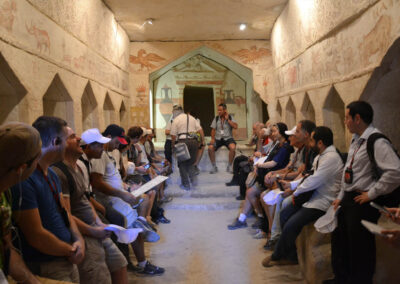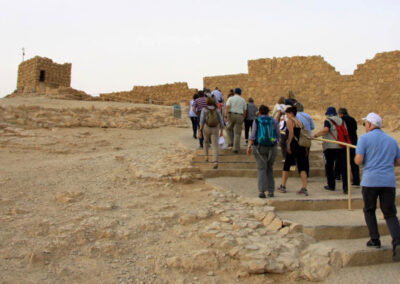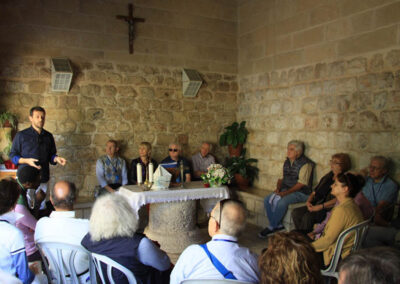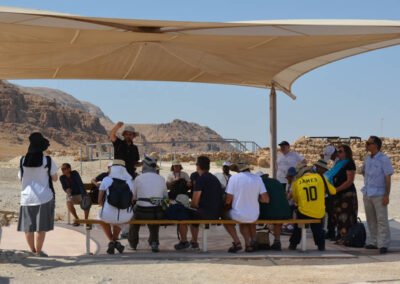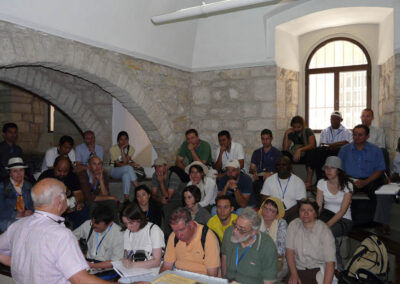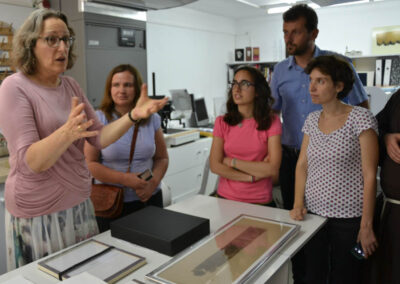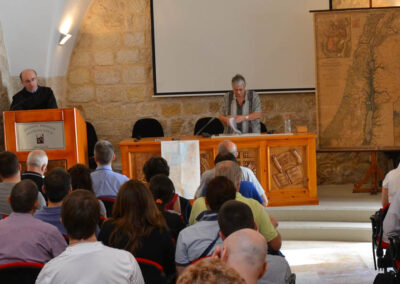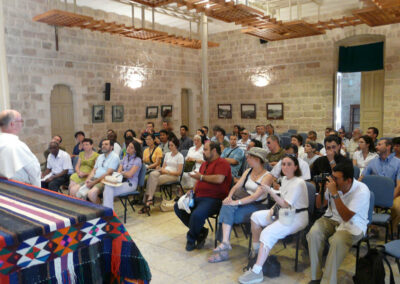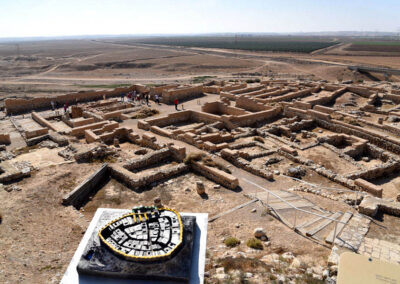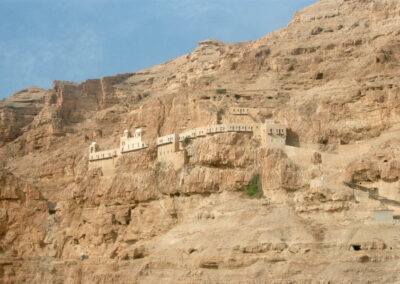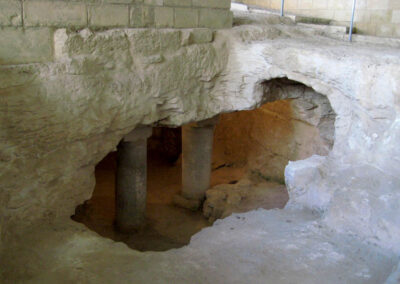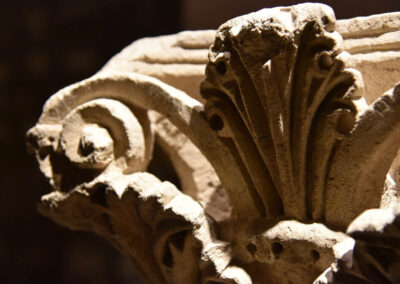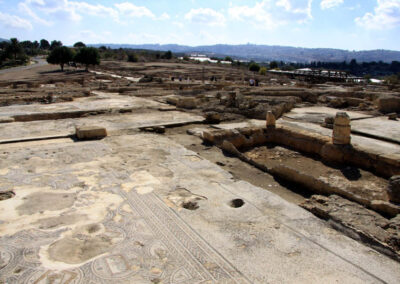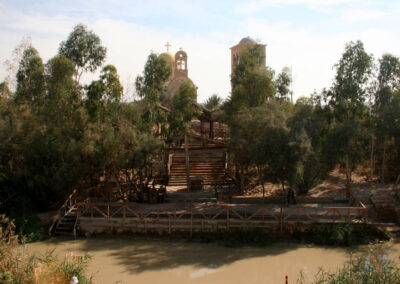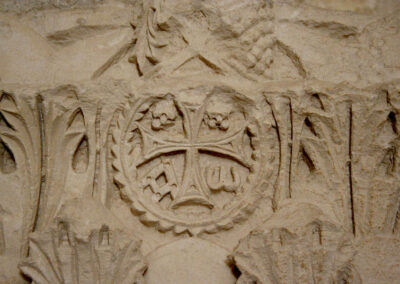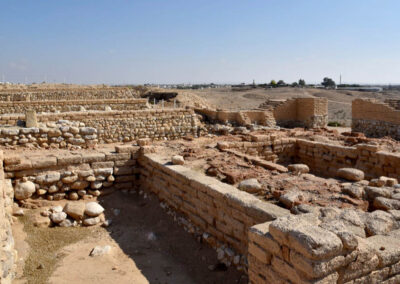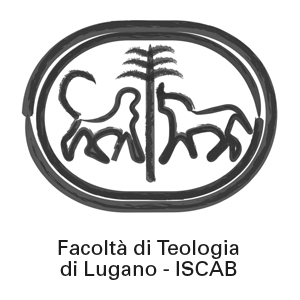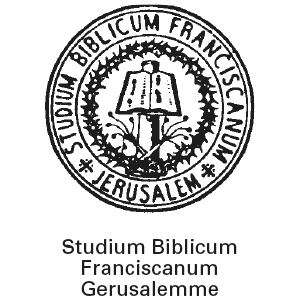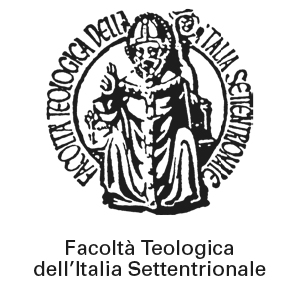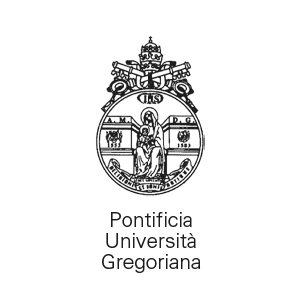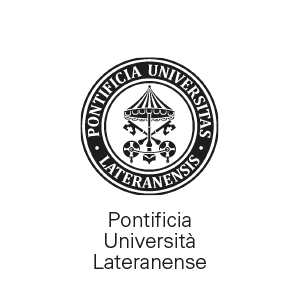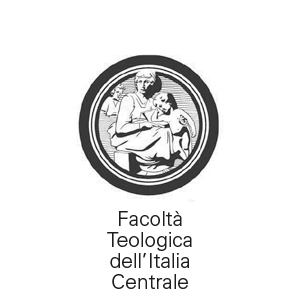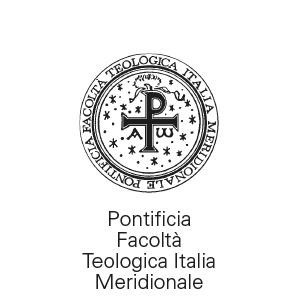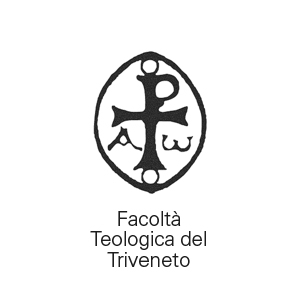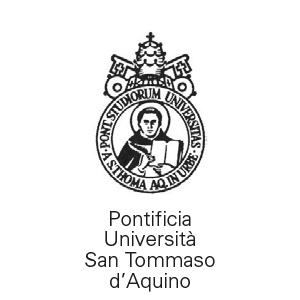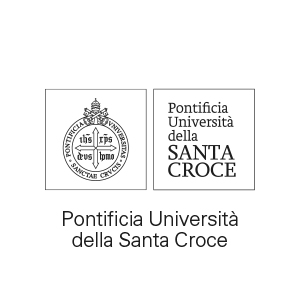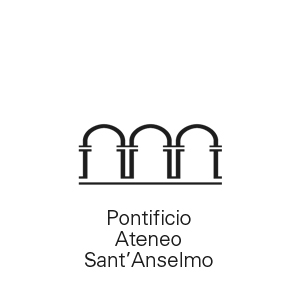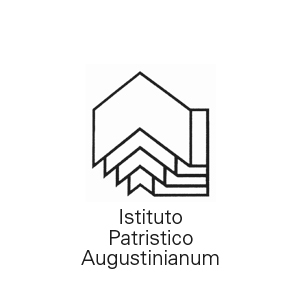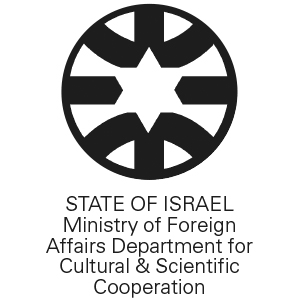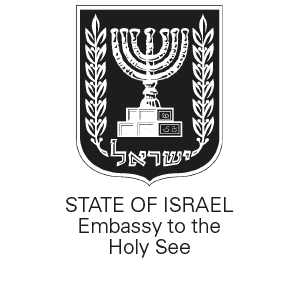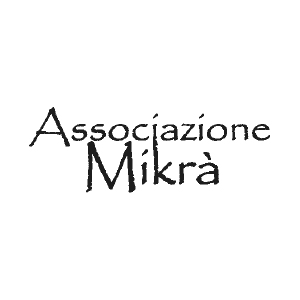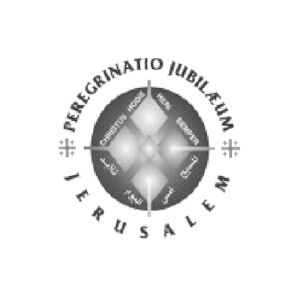The project is primarily aimed at full-time students. However, other interested persons will have the possibility to enrol, depending on available places. In any case, applicants should be highly motivated.
Classroom lessons will be held at the Studium Biblicum Franciscanum. During their stay, students will be introduced to the main archaeological research centers in Jerusalem.
Program
The course comprises lectures held in the classroom and visits to the main excavation sites in the country. Topics covered in class include: history, archaeology, topography.
The excursion program includes visits to various sites in Jerusalem (the Old City, Mount Zion, Mount of Olives, the Ophel and the City of David, the Israel Museum and the Shrine of the Book, the Tower of David Museum and the Museum of the SBF) and trips to several archaeological sites around the country (Bethlehem and the Herodion, Bet Guvrin and Maresha, Beersheba, Qumran and Jericho, Caesarea Marittima, Megiddo, Sepphoris, Nazareth, Capernaum, Tabgha, Dan, Banias, Beth Shean).
Bibliography
- D. Bahat, The Illustrated Atlas of Jerusalem, New York 1990 (Atlante di Gerusalemme, Padova 2011)
- J. Magness, Stone and Dung, Oil and Spit. Jewish daily life in the time of Jesus, Grand Rapids, MI – Cambridge 2011
- J. Magness, The Archaeology of the Holy Land. From the Destruction of Solomon’s Temple to the Muslim conquest, New York 2012
- A. Mazar, Archaeology of the Land of the Bible: 10,000–586 B.C.E., New Haven (CT) – Londra 1992
- E. Netzer, The Architecture of Herod, the Great Builder, Grand Rapids (MI), 2008 (L’architettura di Erode. Il grande costruttore, Padova 2012)
- Terra Sancta. Archeologia ed esegesi. A cura di G. Paximadi – M. Fidanzio, Lugano 2012
- The Oxford Handbook of the Archaeology of the Levant: c. 8000–332 BCE, edited by M.L. Steiner – A.E. Killebrew, Oxford 2014
- M.L. Steiner – A.E. Killebrew (eds.), The Oxford Handbook of the Archaeology of the Levant, c. 8000-332 BCE, Oxford Handbooks, Oxford: Oxford University Press, 2014
- J. Magness, The Archaeology of the Holy Land: from the destruction of Solomon’s Temple to the Muslim conquest, Cambridge – New York: Cambridge University Press, 2012
Further bibliography will be provided during the course.
Archaeology in Jerusalem
June 28 – July 19, 2023
Registrations are open from January 10 to April 17, 2023.

